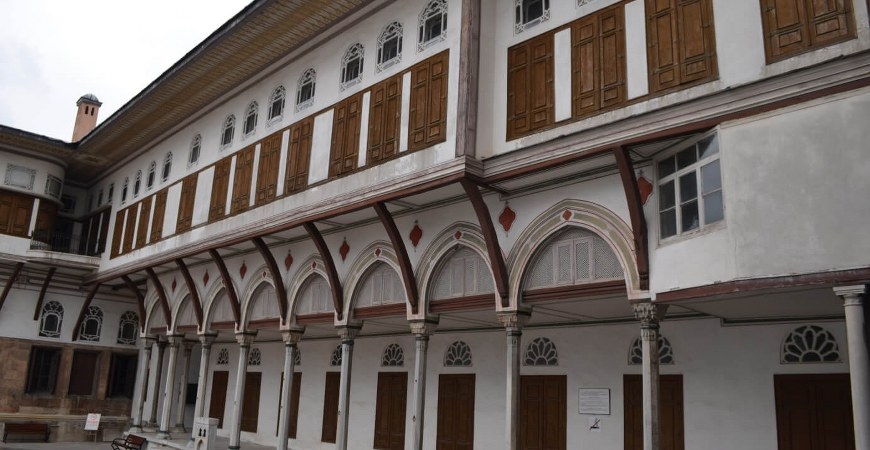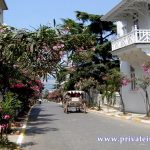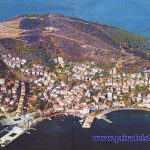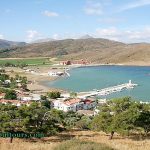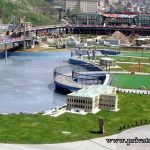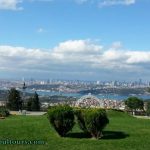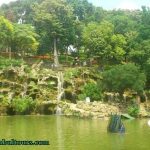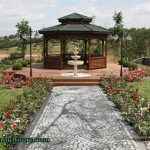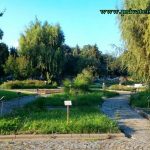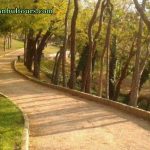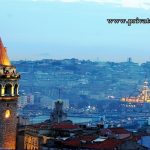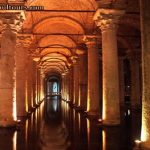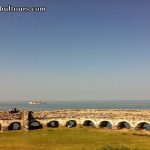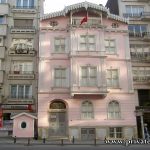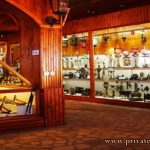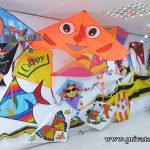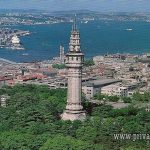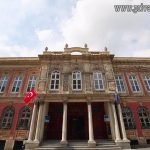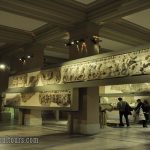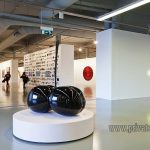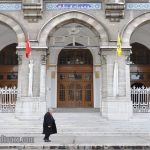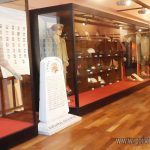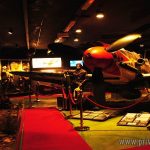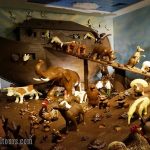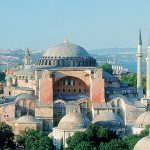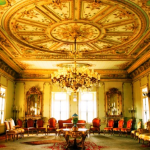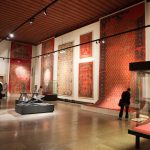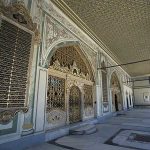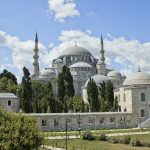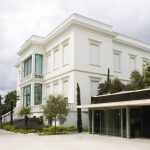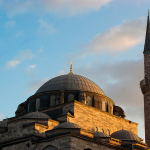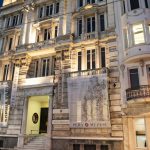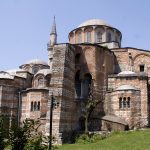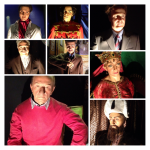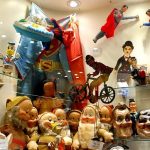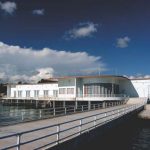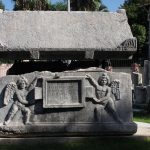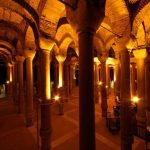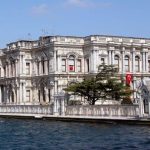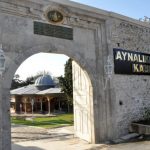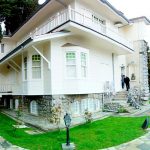Topkapi Palace Museum and Harem,
Embroidery Apartment:
This section is situated between the Third Gate and the apartment of Akhadim Aga. The two rooms contain embroidered pillows, bedspreads, tablecloths, covers, prayer mats and table mats, satin quivers worked with gold thread, women’s clothes, turbans, purses etc.
Weaponry Section:
This section roofed with eight domes contains various weapons, shields, armor, and helmets dating firm the first century of Islam to the late Ottoman era. Most of the weapons belonged to famous men of state whose names are inscribed on them. In the Has Stable at the palace are exhibited carriages and armor, under the colonnade at the front of the Baltacilar Dormitory are stone inscriptions and building stones, and in other sections can be seen clocks, seals, gilded manuscripts, and cloth.
The Harem:
The harem apartment of Topkapi Palace was built by Sultan Murat III and enlarged by Mahmud III. It covers an area of 6720 square meters. buildings vary between three and four stories and contain 259 rooms, 46 toilets, 12 store rooms, 8 hammams (Baths), 8 anterooms, 1 hospital ward, 2 dormitories, 4 kitchens, 6 ladders, swimming pool. The Harem, where the favorites and odalisques and the women of the sultan lived, is of eye-catching beauty with its decorations of tiles and painted motifs on the walls and domes. Among the other sections or the Harem are the Golden Path, the Stove Hali, the Fountain Hall, the room of Abdulhamid I, the bedroom of Sultan Osman ii, the room of Selim, dining rooms, the apartment of the mother of the sultan, the Hunkar hammam (Sultan’s bath), the Hunka; hall, the room of Murad Ill, the Harem library, the Girls apartment etc.
Tiled Pavillion:
This is in the courtyard of Istanbul Archaeology Museum and was built in 1472 by Sultan Mehmed the Conqueror. Examples of Turkish tiles are exhibited in the rooms of the house, whose walls are tiled. The tiles date from the thirteenth to the nineteenth century.
Alay House:
In Alay House Which is situated to the left of the entrance to Gulhane Park, is exhibited the collection of handicrafts donated by Kenan Ozbel. The house was opened to the public in 1970. The first part of the collection includes carpets, kilims, and rugs, and the second part examples of Turkish cloth and embroidery. Among these are hand painted handkerchiefs, socks, crochet work, table cloths, objects to ward off the evil eye, wood carving, ceramics etc.

